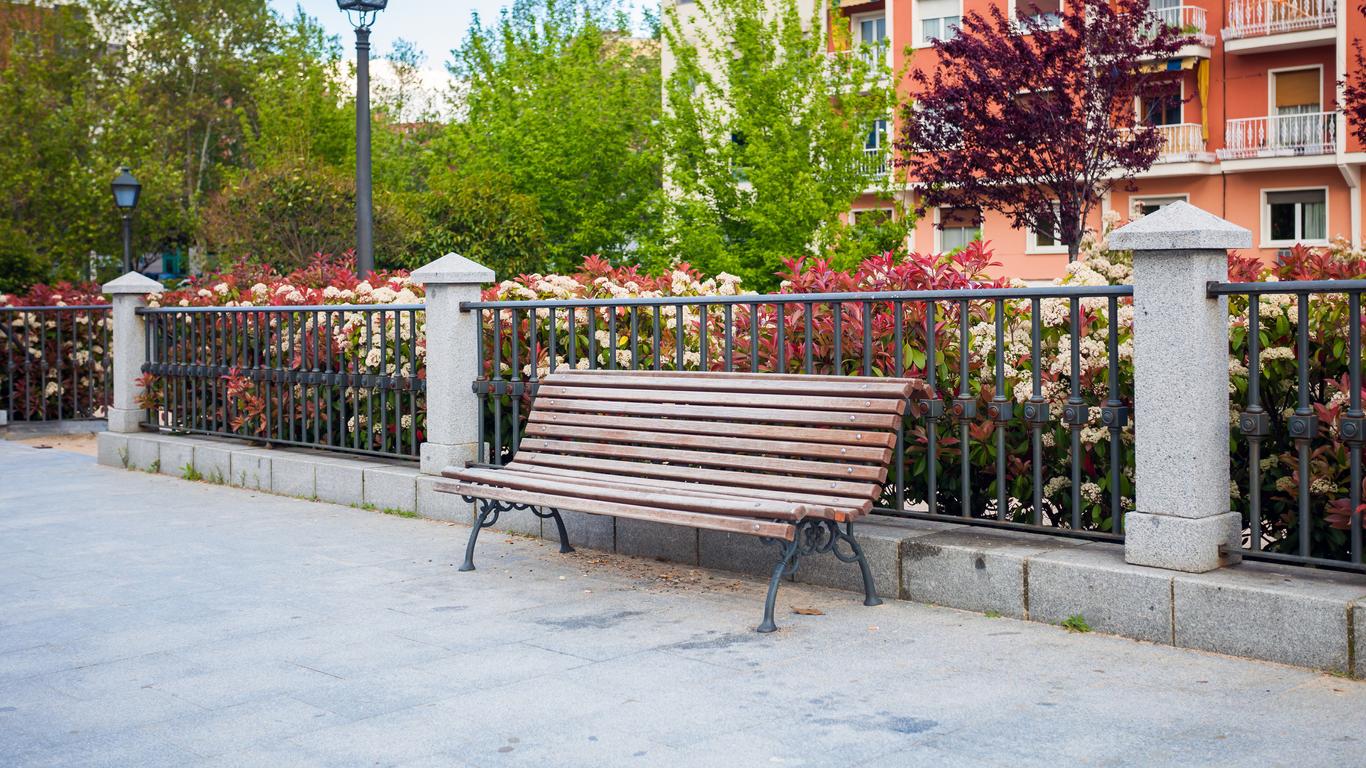Located on the site of Madrid’s ancient Islamic citadel, La Latina is one of the city’s oldest areas. It occupied part of what was once known as El Madrid de los Austrias and was named for the hospital, La Latina, which was founded here in 1499.
La Latina stretches roughly from Puerta de Toledo in the south to Calle de Segovia in the north, and from the neoclassical Real Basílica de San Francisco el Grande along its western boundary and Calle de Toledo to its east. Its medieval layout includes narrow streets which lead to the spacious squares of La Cebada and La Paja, as well as a scattering of green spaces. Most of its four and five-storey buildings date to the 19th century, having replaced older structures which stood before, with elegant wrought iron balconies and multi-coloured facades. La Latina’s streets are packed with traditional taverns and tapas bars, particularly around Cava Baja and Cava Alta which are both popular nightlife haunts. In addition to its 18th century basilica which features impressive cupola paintings by José Marcelo Contreras, La Latina is also home to the 17th century Iglesia de San Andres. El Rastro Street Market occupies the east of the neighbourhood on weekends with a good selection of locally produced goods on sale, while the Virgen de la Paloma Festival takes place every year in Plaza de las Vistillas with traditional dancing, music, parades and fireworks.
La Latina is accessed along Madrid’s Metro Line 5 at La Latina and Puerta de Toledo Stations, as well as by numerous public bus routes. Its narrow streets and intensity of traffic mean that exploring on foot is by far the best option.
When Madrid first became the capital of Spain in the 16th century, it was the Spanish Habsburgs (referred to by locals as “the Austrians”) who commissioned most of its buildings to reflect their power and wealth. The old city centre thus became known as El Madrid de los Austrias, with a sculpture of King Philip III still standing today in Plaza Mayor, just to the north of La Latina.





